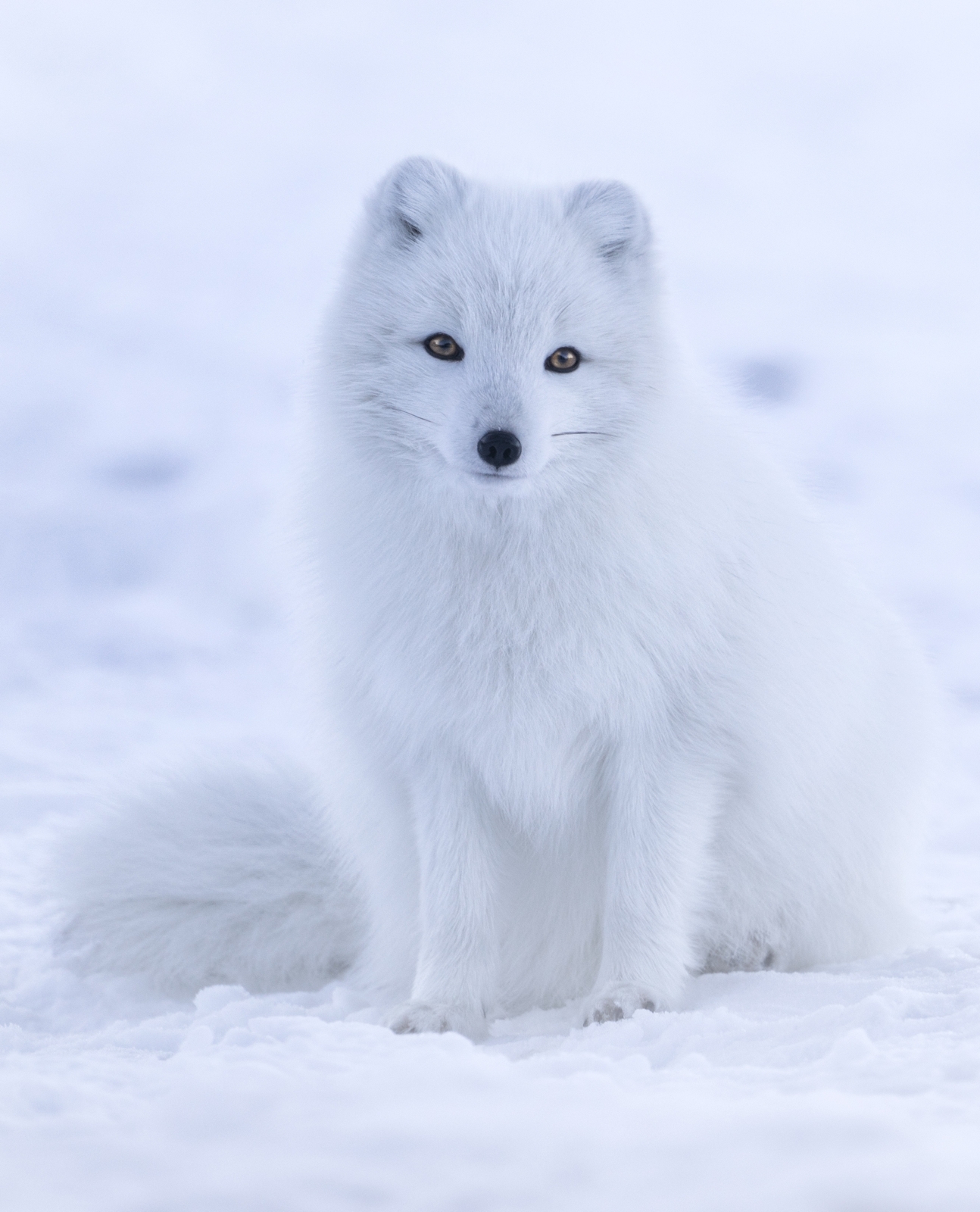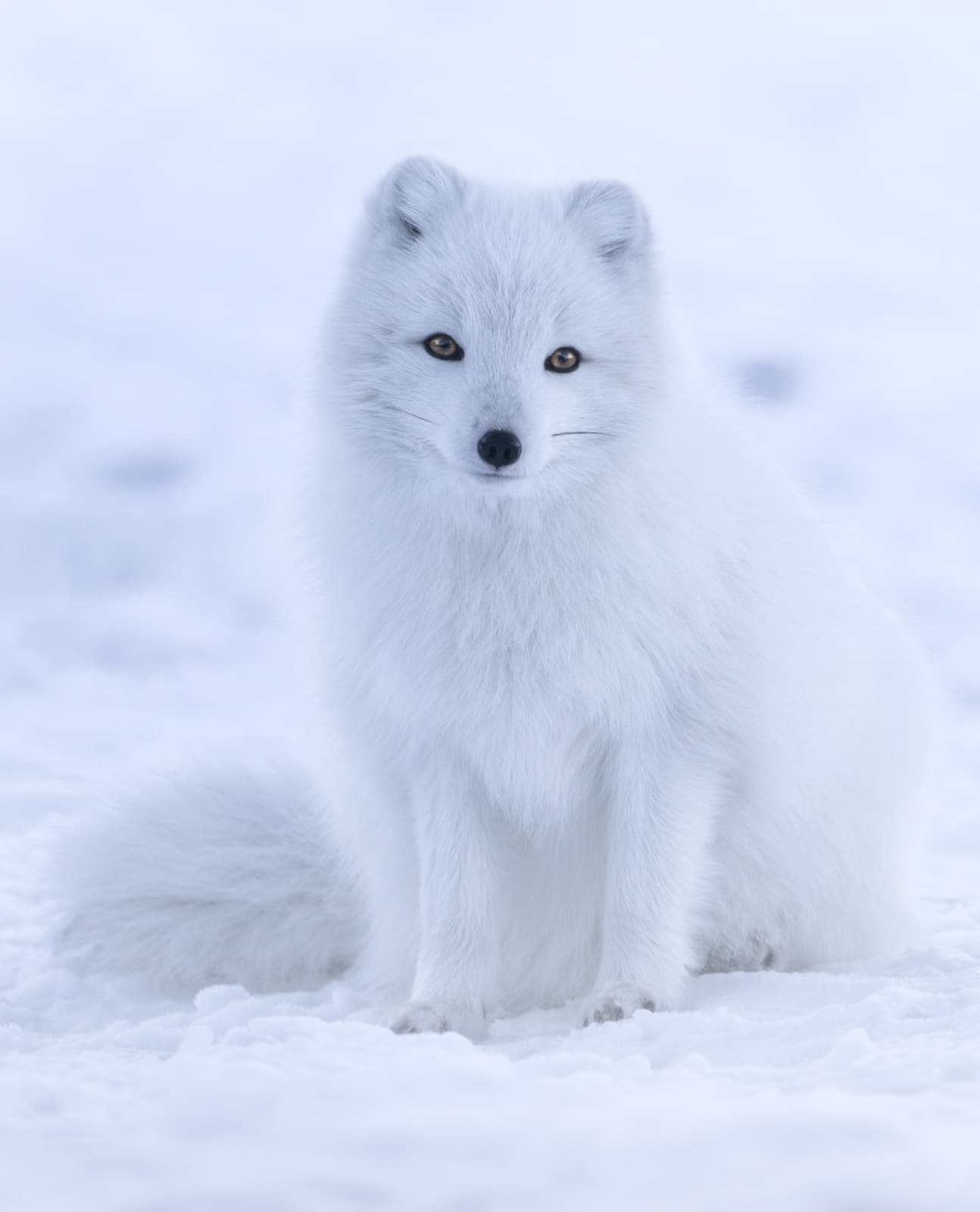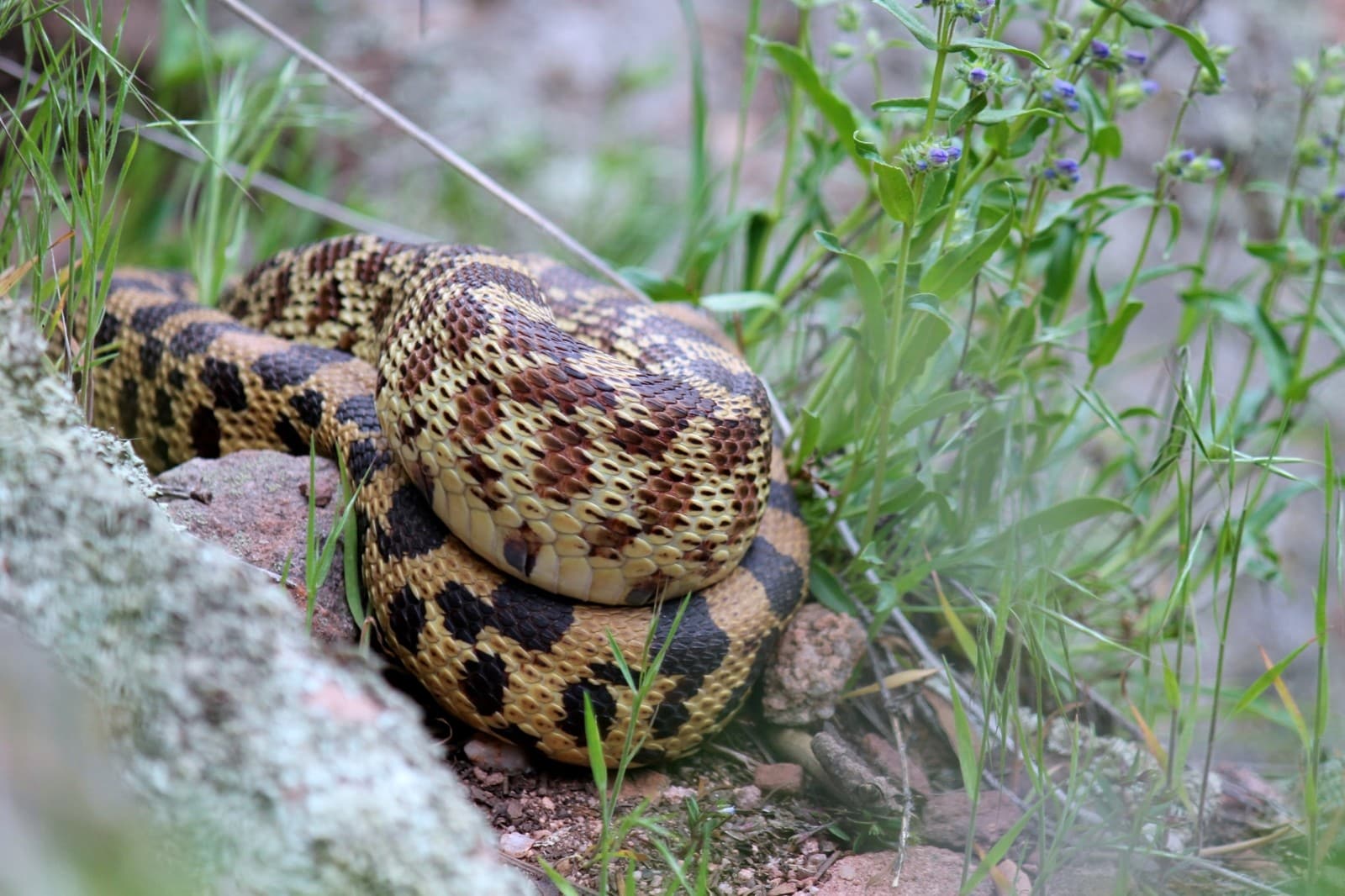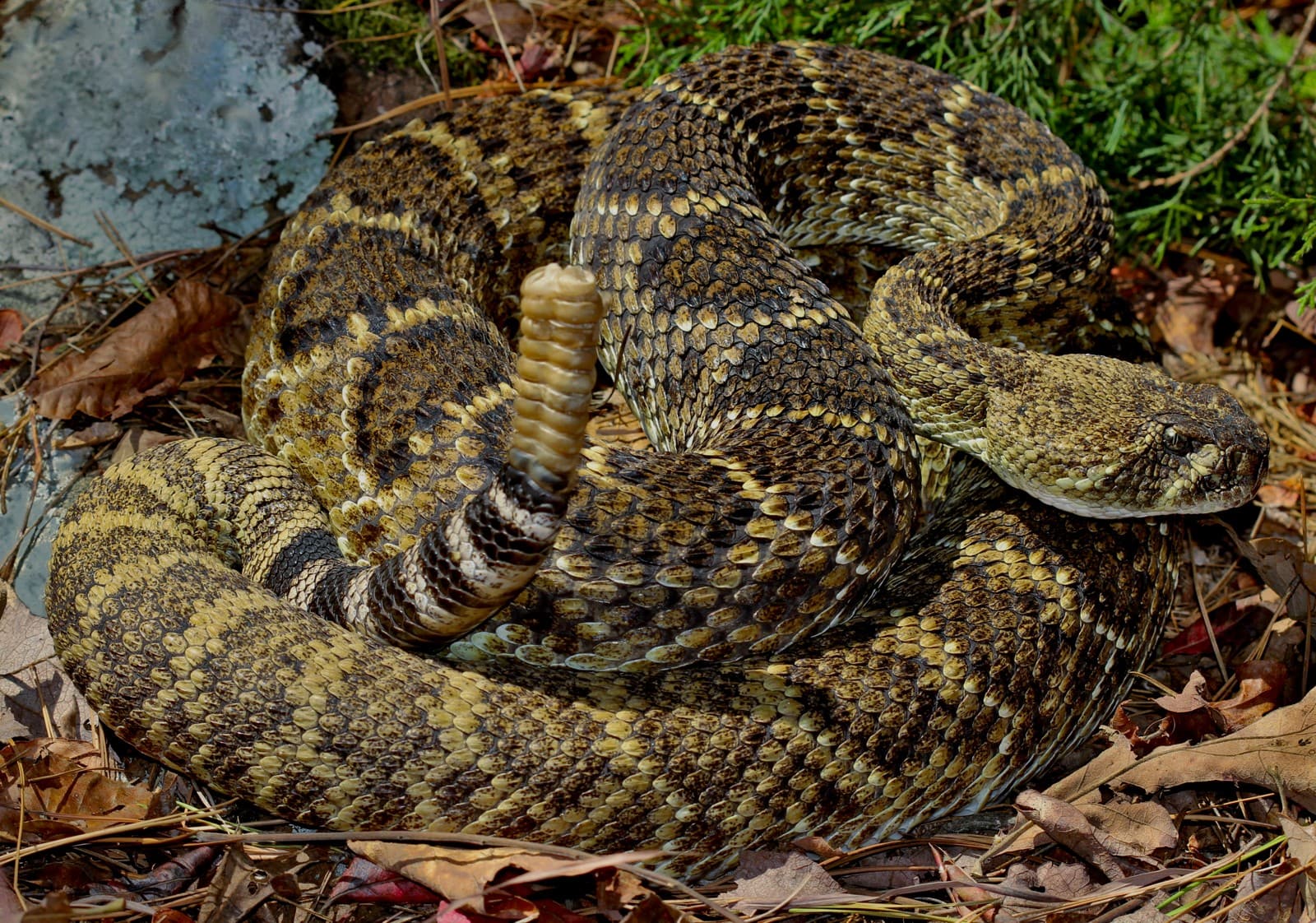Fennec Fox vs Arctic Fox: A Complete Comparison
When comparing the Fennec fox vs Arctic fox, we encounter two remarkable examples of how evolution shapes species for extreme environments. While the Fennec fox has adapted to the scorching Sahara with its massive heat-radiating ears and tiny 3.3 lb (1.5 kg) frame, the Arctic fox has evolved to survive temperatures as low as -58°F (-50°C) with its compact ears and insulating fur.
These distant cousins represent opposite ends of the environmental adaptation spectrum in the fox family (Vulpidae). Their distinctive features and behaviors showcase nature’s incredible ability to engineer survival specialists for Earth’s most challenging habitats.

© Drew Avery / CC BY 2.0
The Fennec fox, with its distinctive 6-inch (15 cm) ears, represents the smallest wild canid species. These enormous ears serve multiple purposes: heat regulation, enhanced hearing for detecting prey beneath the sand, and communication with other foxes across vast desert distances.

© Jonathen Pie https://unsplash.com/@r3dmax / CC0
The Arctic fox showcases remarkable seasonal adaptation with its changing coat colors. Its winter white camouflage transforms to brown-grey in summer, allowing year-round hunting efficiency in the changing tundra landscape.
Key Differences: Fennec Fox vs Arctic Fox
| Feature | Fennec Fox | Arctic Fox |
|---|---|---|
| Size | 1.5-3.3 lbs (0.7-1.5 kg) | 6.5-17 lbs (3-8 kg) |
| Ear Length | 6 inches (15 cm) | 2-3 inches (5-7.5 cm) |
| Habitat | Sahara Desert | Arctic tundra |
| Temperature Tolerance | Up to 122°F (50°C) | Down to -58°F (-50°C) |
| Diet | Insects, small rodents, birds | Lemmings, birds, carrion |
| Fur Adaptation | Sand-colored, year-round | Seasonal color change |
Habitat and Survival Adaptations
The Fennec fox has evolved for life in the Sahara Desert, developing specialized features like fur-covered foot pads to protect against hot sand and the ability to survive without free-standing water. Their exceptional hearing allows them to detect prey moving underground, while their nocturnal lifestyle helps avoid the worst desert heat.
Arctic foxes demonstrate equally impressive but opposite adaptations. Their fur provides the best insulation of any mammal, with individuals surviving temperature drops of 90°F (50°C) before increasing their metabolic rate. They’re also unique among canids in their circular body shape, which minimizes heat loss by reducing surface area.
Hunting and Diet Differences
While both species are opportunistic hunters, their prey preferences reflect their distinct environments:
-
Fennec Fox Diet:
- Desert locusts
- Small rodents
- Birds’ eggs
- Wild fruits
- Leaves and roots
-
Arctic Fox Diet:
- Lemmings
- Seal pups
- Bird eggs
- Arctic hare
- Carrion from polar bear kills
Social Behavior and Reproduction
Fennec foxes live in small family groups of up to ten individuals, maintaining strong pair bonds throughout their lives. They dig extensive den systems that can reach 32 feet (10 meters) in length, providing escape from extreme desert temperatures.
Arctic foxes display more variable social structures, often living in pairs during breeding season but forming larger groups when food is abundant. Their dens can be centuries old, passed down through generations and containing up to 100 entrance tunnels.
Conservation Status and Threats
Both species face unique challenges in their respective environments. Climate change particularly threatens Arctic foxes as warming temperatures allow red foxes to expand into their territory. Fennec foxes contend with habitat loss and capture for the exotic pet trade, though they remain relatively numerous in their native range.
Understanding these remarkable adaptations not only highlights nature’s ingenuity but also emphasizes the importance of preserving the diverse environments these specialized species need to survive. Whether thriving in scorching heat or freezing cold, both the Fennec and Arctic fox demonstrate the incredible resilience of life on Earth.











